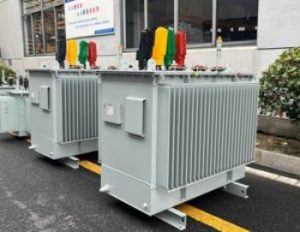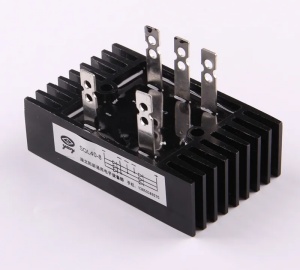Electronic Components Supplier | Transformers, Inductors, Inverters
The solar inverter or photovoltaic power inverter is the balance of system component that converts the variable direct current (DC) output from a solar panel to utility frequency alternating current (AC). It allows the energy generated by a solar energy system to be used in the home or fed back to the grid. A solar inverter typically contains large capacitors to store energy briefly and improve the output waveform.
The inverter’s output voltage varies from zero to maximum depending on the position of the sun and intensity of its rays. This varying voltage can lead to the generation of unnecessary heat in the inverter. This additional power flow also puts thermal stress on the inverter’s DC-link capacitor and power switching devices which can lead to shortened lifespans. Consequently, solar inverters that supply reactive power during the day and night have shorter lifetimes than their counterparts that do not provide this service.
A solar regulator or solar stabilizer is a piece of hardware that is used to protect the PV system in case of an emergency shutdown of the utility grid. It is an essential piece of balance-of-system equipment that is installed in all residential and commercial solar systems.
The purpose of a solar regulator is to ensure that the voltage acquired from a solar panel never exceeds a safe value when it is being charged by a battery. This is important because if the battery is charged above this level, it can cause damage to it and the internal electronics. A solar regulator does this by monitoring the output of a PV panel and acting on it accordingly. This is a very important feature because it allows solar systems to sell back more energy to the grid during peak hours.







